Meet the 2024 St. Baldrick’s Ambassadors!
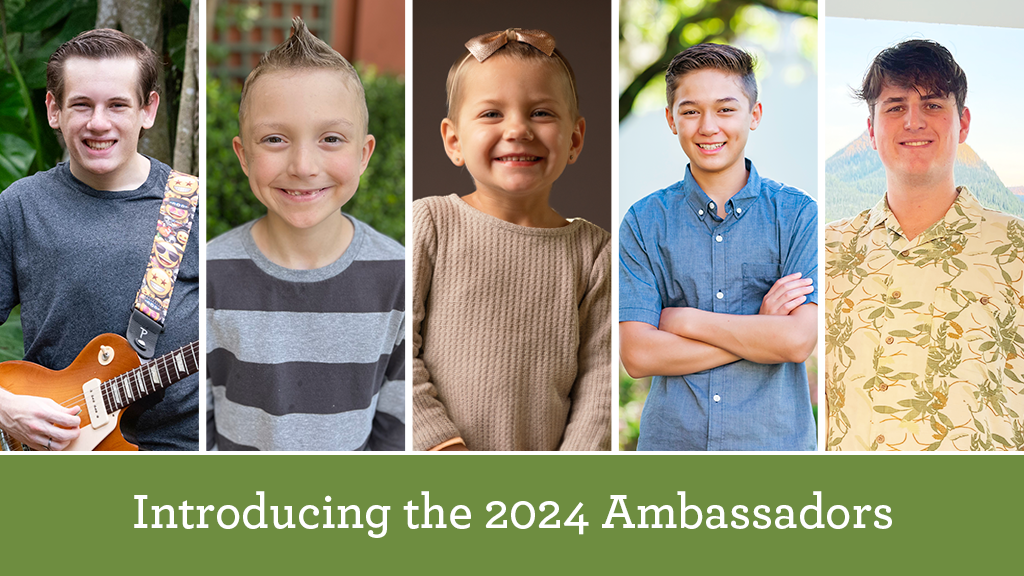
St. Baldrick’s Ambassadors represent the more than 400,000 kids worldwide who are diagnosed with cancer each year. Ambassadors come from diverse geographic areas, ages, diseases, and treatment statuses. Their stories highlight the importance of supporting the best childhood cancer research so all kids diagnosed can live long, healthy, productive, and happy lives.
Every child is so much more than a cancer diagnosis. Each has their own unique personality, gifts, and talents. Read on to learn more about these remarkable kids.
Understanding the Cause of a Rare & Aggressive Childhood Leukemia
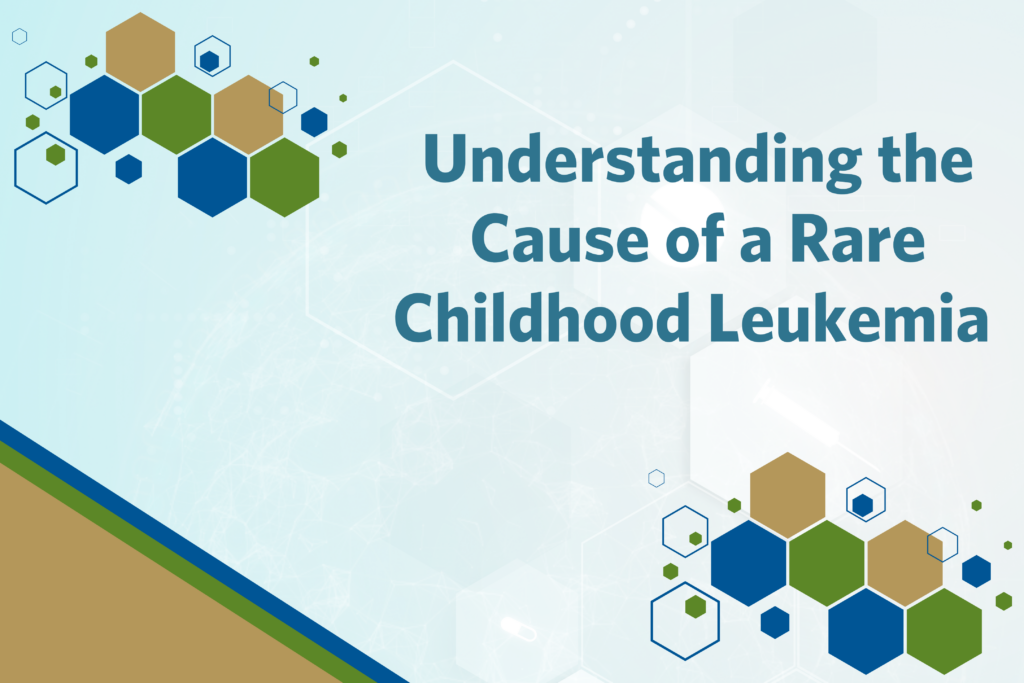
With support from both the St. Baldrick’s Foundation and the American Cancer Society, analysis of data from over 5,000 kids with cancer may provide new opportunities for diagnosis, prognosis, and treatment of pediatric acute myeloid leukemia (AML).
2022 Ambassador – Meet Natasha, St. Baldrick’s First International Ambassador
What Is Acute Myeloid Leukemia (AML)?

Dr. Mizukawa is a past St. Baldrick’s Scholar. He explains acute myeloid leukemia symptoms, treatment, and research progress
What is acute myeloid leukemia (AML)?
Leukemia is cancer of the blood cells. Leukemia cells divide quickly and fail to mature into normal, functioning blood cells.
Acute leukemia progresses rapidly and is classified into two general subtypes:
- When the cancer affects the lymphocytes, a type of white blood cell, it is called acute lymphoblastic leukemia, or ALL.
- When the cancer affects other blood cell types, such as red blood cells, platelet-forming cells, and other types of white blood cells, it is called acute myeloid leukemia, or AML.
2021 Ambassador Rowan: A Smile that “Lit Up the World”
Spunky. Tiny dancer. Free and joyful in spirit. Music lover. Always smiling. Courageous cancer warrior.
This was Rowan. She will always be remembered…just like that.
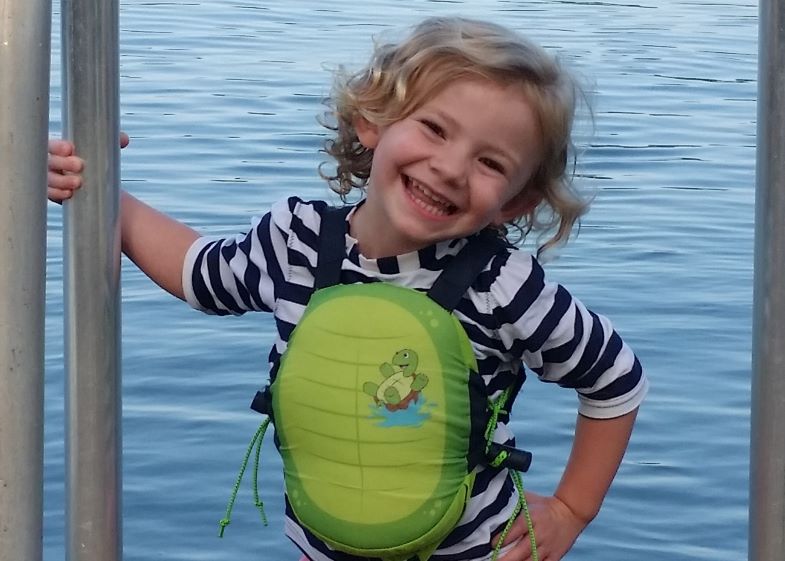
Brooke Survives Cancer, Graduates Stanford – But Not Without A Lifetime’s Worth of Challenges
Editor’s Note: Brooke is an Ambassador and Honored Kid who just graduated from Stanford University. As Cancer Survivors Month continues on the St. Baldrick’s Blog, we’re letting her tell the story of how she got to this day in her own words.
On Thursday, September 24, 2015, my friends were finishing up their first week of junior year at Stanford. I was lying in a hospital bed, watching as my brother’s stem cells were infused into my body, replacing the bone marrow that had turned against me.
On Friday, September 25, my friends celebrated their first weekend back together at school. I had a grand mal seizure.
When I was diagnosed with acute myeloid leukemia at the end of my sophomore year of college, I knew that I was going to have a very different college experience from my peers. I had no idea how different it would be.
I had the impression that I would either die or I would live and return to my previous life. I had a high-risk form of leukemia that did not respond to my first round of chemotherapy, and at first it seemed that the death option was more likely.
But when I got into remission on a salvage round of chemotherapy and proceeded to my bone marrow transplant, I was hopeful that a return to “normal life” was possible.
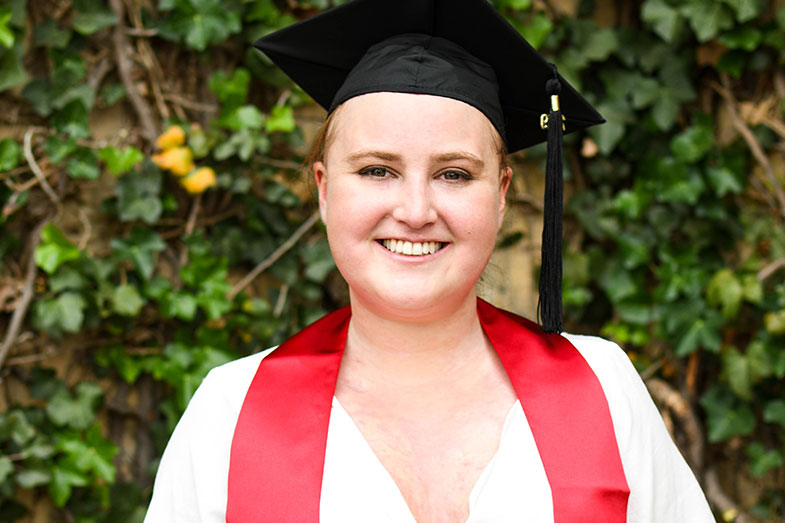
Brooke’s Survivorship Journey
Editor’s Note: Throughout the month of June, Cancer Survivors Month, we are hearing from and about those who have been diagnosed with pediatric cancers, and learning about the long-term impact and late effects of cancer treatments. The month of June also marks four years since the focus of this blog post, Brooke, was first diagnosed.

The Next Generation of Pediatric Cancer Researchers: St. Baldrick’s Foundation Fellows and Summer Fellows
It’s a lofty goal that’s right below the St. Baldrick’s logo for all to see: Conquer Childhood Cancers. And it’s a goal that takes a multi-faceted approach, a robust network of hospitals and researchers, and labs with professionals from throughout the age and experience spectrum.
As we learned recently when we interviewed Dr. Jeff Lipton, there’s real value in building a “pipeline” of researchers; and one way this pipeline grows is by funding the training of new researchers at hospitals and research organizations throughout North America.

Meet the St. Baldrick’s 2019 Ambassadors!
Each year, the St. Baldrick’s Foundation picks five kids to serve as Ambassadors. In this role, they represent the thousands of kids affected by childhood cancers and remind us of the importance of supporting childhood cancer research.
Take any group of kids and they’ll all have their own way of talking, their own opinions on books, movies, and video games, their own favorite foods.
But there is one thing the St. Baldrick’s 2019 Ambassadors have in common: childhood cancers. Beyond that, they share the support of loving families and a desire to inspire others to raise money for childhood cancer research.

Our 2019 Ambassadors, from left to right: Aiden, Arianna, Sullivan, Gabby, and Brooke.
Childhood Cancer Research You Helped Fund in 2018
With the holiday season upon us and another year drawing to a close, it’s a great time to reflect on some of the major research accomplishments of doctors and scientists whose work on childhood cancers benefited from the support of St. Baldrick’s donors like you.
There’s much to be thankful for. All things considered, 2018 was a remarkably successful year for childhood cancer research, with much of that success spurred on by grants funded by St. Baldrick’s. Of course, none of this would have been possible without our generous donors.

Dr. Kohanbash’s cutting-edge research on ependymomas is supported by a Hero Fund in memory of Henry Cermak, who passed away in 2008 after a long, 2-year fight that included many surgeries, chemo regimens, and 93 rounds of radiation.
Older Posts »

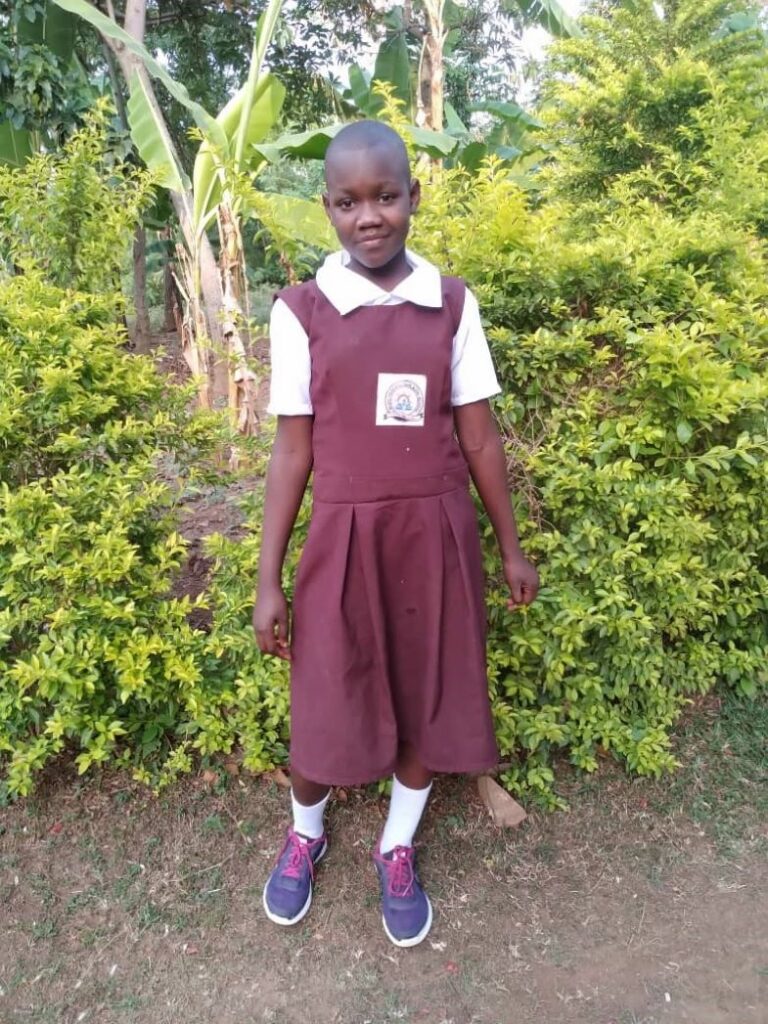
 SBF
Tweets »
SBF
Tweets »